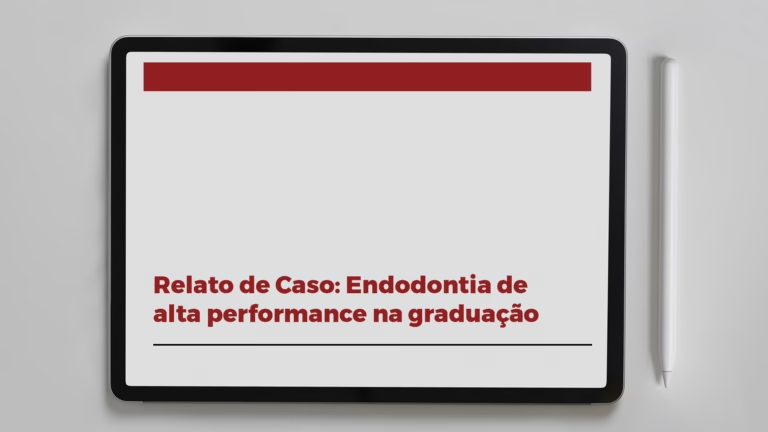Methods:
This study evaluated the intratubular antibacterial efficacy of different irrigation activation techniques following chemomechanical preparation. Seventy-two palatal canals of maxillary molars were infected with *Enterococcus faecalis* for 4 weeks, followed by initial bacterial sampling from the main root canal.
The canals were prepared with WaveOne Gold Large (45/.05) and divided into six groups according to final irrigation activation:
- Ultrasonic activation (UA)
- XP-Endo Finisher (25/.00)
- XP Clean (25/.02)
- EasyClean (25/.04) in reciprocating motion
- EasyClean in continuous rotary motion (ECRot)
- Conventional irrigation (control)
After final irrigation, a new bacterial sample was taken from the main canal. The roots were transversely sectioned into three thirds and stained for laser confocal microscopy analysis. Intratubular bacteria were collected as dentin powder and plated for viability analysis.
Statistical Analysis:
Intergroup and intragroup comparisons were performed using analysis of variance (ANOVA) and repeated-measures ANOVA, respectively, both with a significance level of 5%.
Results:
ECRot demonstrated greater antibacterial efficacy than UA (p < 0.05), with both being superior to the other groups (p < 0.05) in both assessment methods. It was concluded that final irrigation activation enhances disinfection of the root canal system, and that different activators exhibit varying efficacies.


